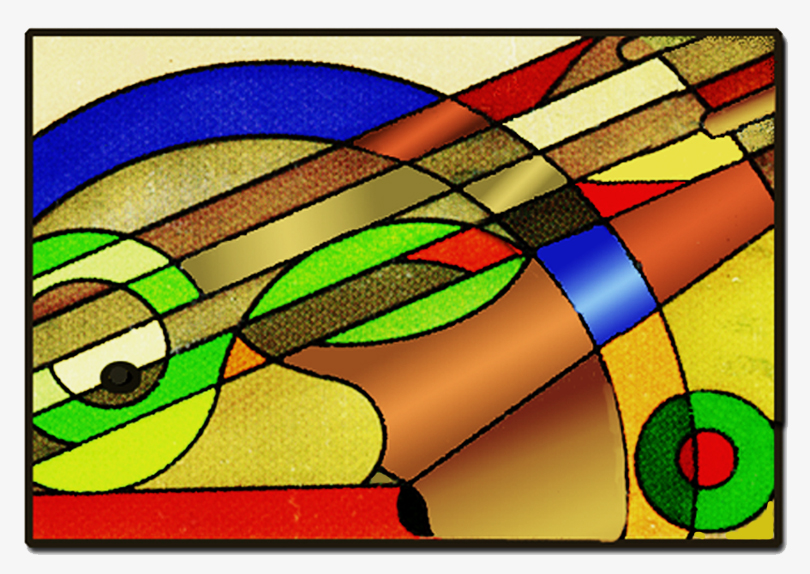Why aikido is great for kids
The benefits of aikido include character building as well as physical activity.
Aikido is a little known martial art that is growing in popularity and quickly building a reputation for being the ideal way for children to learn how to defend themselves.
Years ago the entire nation was traumatized by the sudden kidnapping and murder of 5 – year old Samantha Runnion. The knee – jerk reaction among many parents was to enroll their young children as quickly as possible in a selfdefense program like Kung Fu, Tae Kwon Do or Karate.
Beyond learning self-defense skills, most parents enroll their children in a martial art program because they see it as a way to develop higher levels of discipline and respect – respect for others as well as improved self-esteem and self confidence. There are many brands of martial arts, each one promising a specific philosophy and approach to a fighting system. The functional word here is “fighting.” Most martial arts are built around a fighting mind set in which aggression is met with equal or more aggression. Psychologically, the practitioner develops confidence in their ability to handle themselves in a fight but simultaneously perpetuating the fear instinct that is triggered during a crisis.
Every parent wants their children to learn to be self-reliant and be able to protect themselves, but not every one of them want their boy or girl to become young warriors ready to get into a fight or show off their new martial art skills the next time a bully comes calling. Traditionally speaking, the idea of martial arts (the art of war) by its nature of being martial implies resisting…. you fight against something. It is a violent world and it’s survival of the fittest.
Aikido, on the other hand, is revolutionary approach to how we deal with conflict, not just physical conflict but social and mental conflicts as well. While physically speaking, aikido is a very effective system of join locks, throwing and pinning, it is also a philosophical journey that leads practitioners to internal and external harmony. Instead of instilling in its practitioners a desire to win over other people aikido cultivates love and compassion through training and the striving for self-perfection on the basis of its precept that the mind controls the body. Aikido teaches that one must master spiritual laws that produce a state of physical and spiritual unification in which all deeds are possible. From this state of unity, universal love is understood. The power arriving from this unification is the energy called “ki.”
The original translation of Aikido, as intended by the man who created it Morihei Ueshiba, was “the way of love.” It has become known as “the way of harmony” or “the way of cooperation.” It is a martial art discipline that promotes non-violence, respect for all living things and increased awareness of both the environment and mindfulness of others.
A person who practices aikido becomes increasingly concerned with spiritual development as well as being able to protect themselves and their loved ones. The goal of aikido is the resolution of conflict without the escalation of violence. And the intent is to do no harm while not permitting harm to come to one self or others. There is a real focus on compassion and empathy.
The single most important thing children need to learn is character. They need to learn to respect themselves, their teachers, schoolmates and respect learning itself. The best way this is taught is through example.
Students become more coordinated and comfortable in their own skins as they practice the circular movements that are such an important part of aikido. Unlike other martial arts where an attack is blocked and then followed by a counter attack, aikido blends with an attack and redirects the attacker’s strength and inertia so that it is controlled and ultimately neutralized. It is a particularly useful skill for women and children because it doesn’t rely on size, strength or speed but rather timing and coordination. In the physical practice of aikido, both uke (the receiver) and nage (the one performing the technique) must cooperate with each other to create the balance, rhythm and timing so necessary in the proper execution of the technique. The constant practice of the techniques with different partners is a great way to channel any aggression or stress so that it is neutralized and healthy.
Charn Pennewaert, Assistant Instructor at the Shin do Kan Dojo in Newport Beach holds a degree in early childhood development and she says, “Aikido is the best form of martial arts for kids because it’s not competitive. They learn how to get along and cooperate. They learn how to make solutions without being aggressive and without feeling like they have to fight to get their way. They learn all of this while having a great time and being active too!”
Each summer, the Shin do Kan Dojo offers two summer camps especially designed for children to be introduced to the various aspects of aikido. “Summer is a long break,” says Charn,”…and it’s a perfect time for the kids to make new friends, have great exercise, and learn good safety habits when being around strangers and what to do in situations that are very uncomfortable. The exercises and games teach coordination and everyone has a good time while learning something important about protecting themselves.”
“I don’t know about pinning someone down because I’m not going to be pinning anyone down,” a 9 year old girl said, “but it has helped in gymnastics. I’ve never been able to do a backwards roll but now I can do it.”
Those interested in seeing a video from last year’s Samurai Summer Camp can go to www.youtube.com/shindokandojo/samurai






